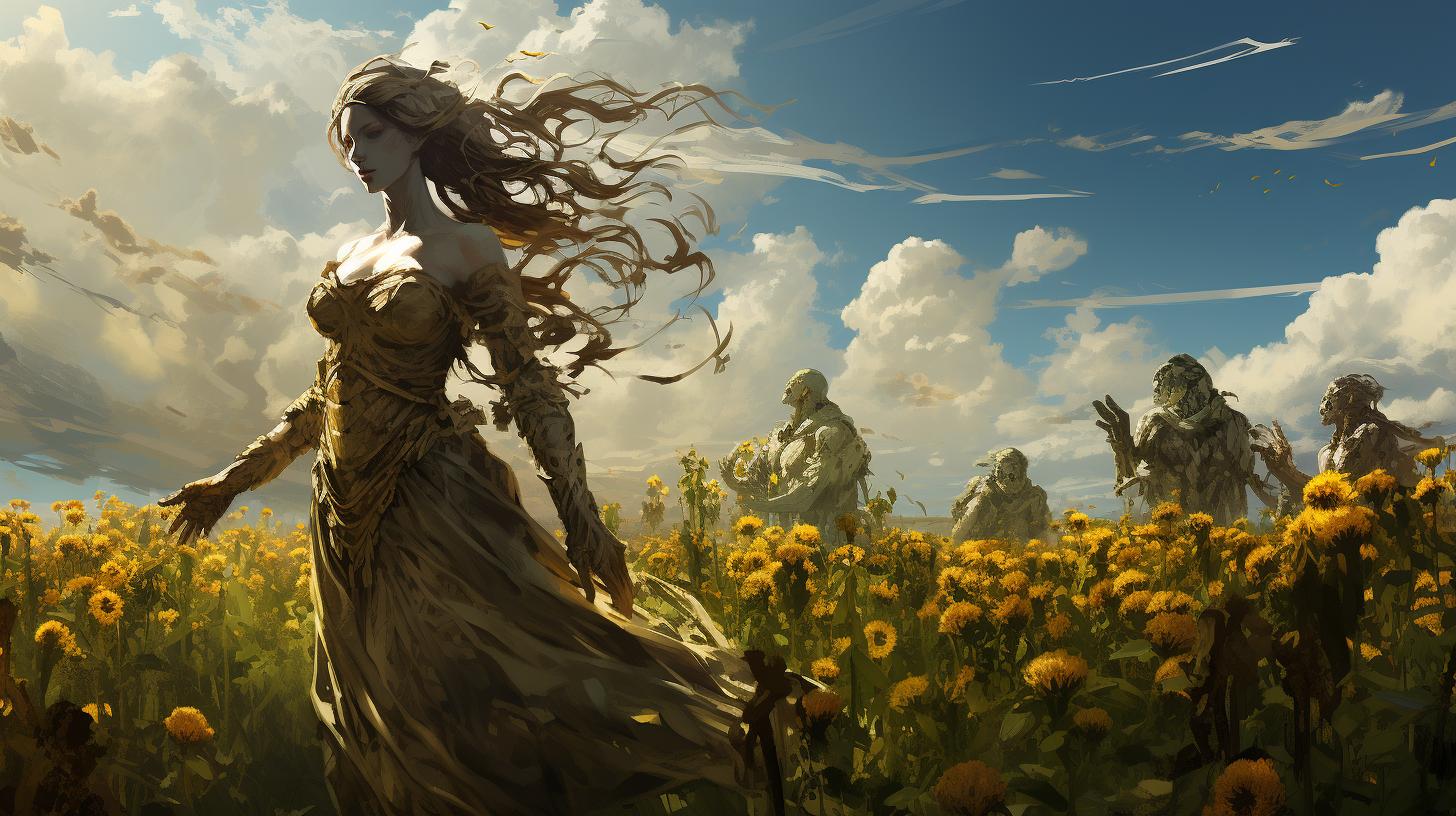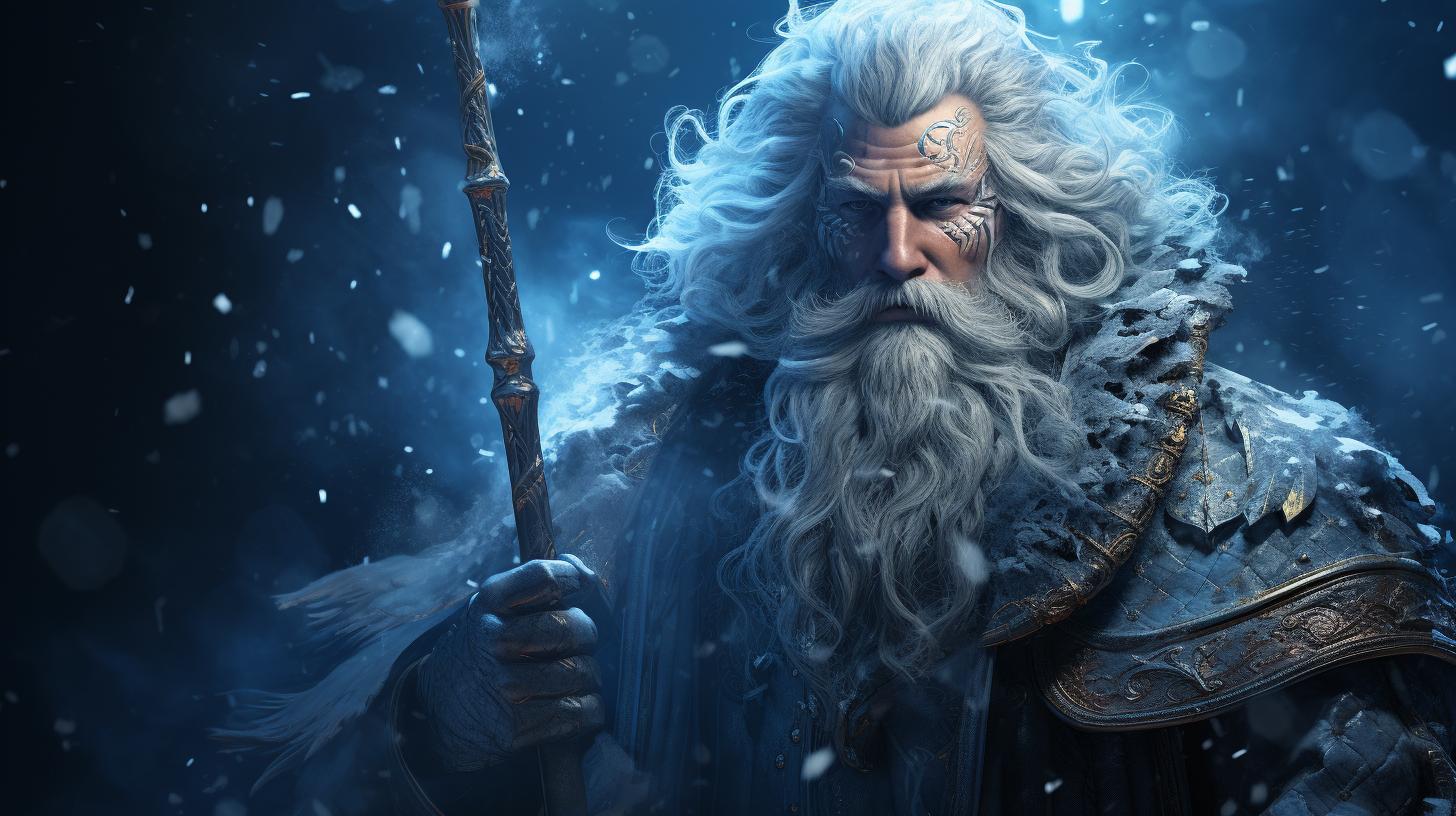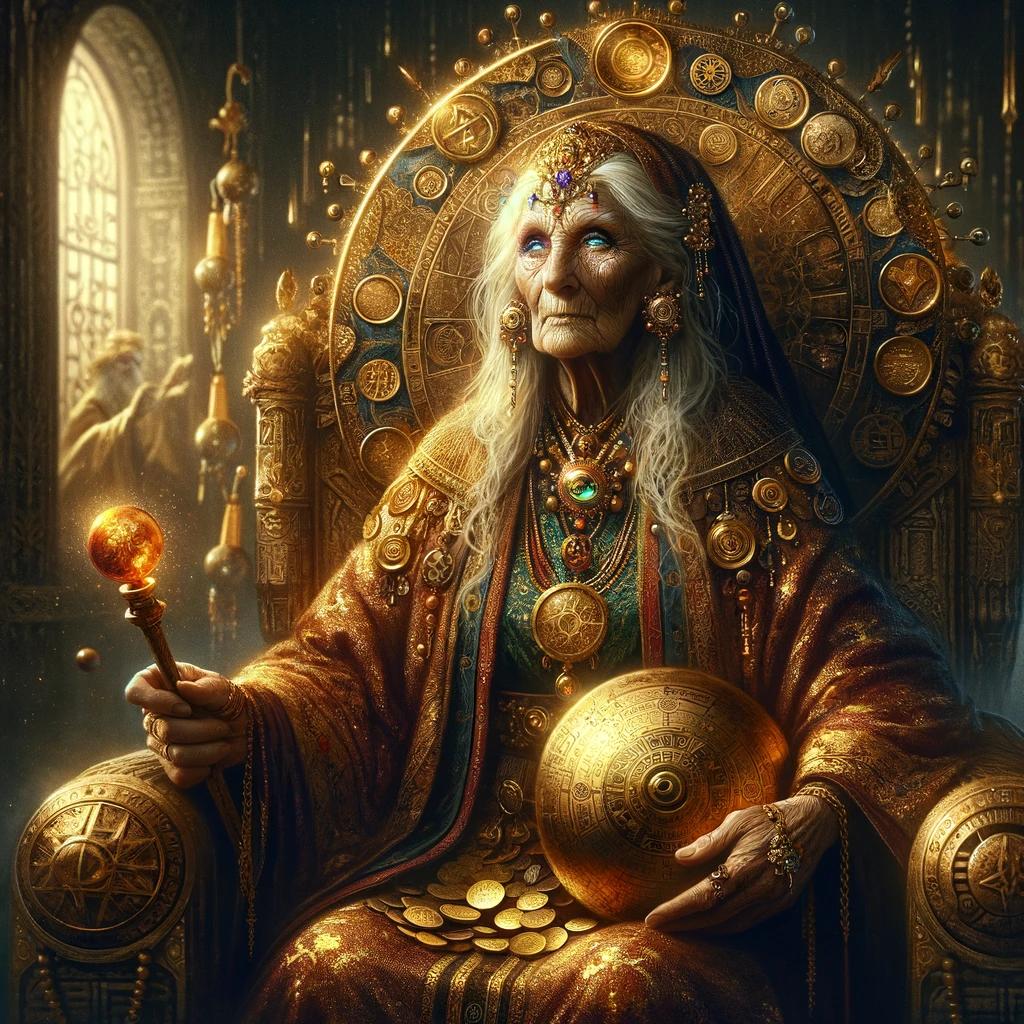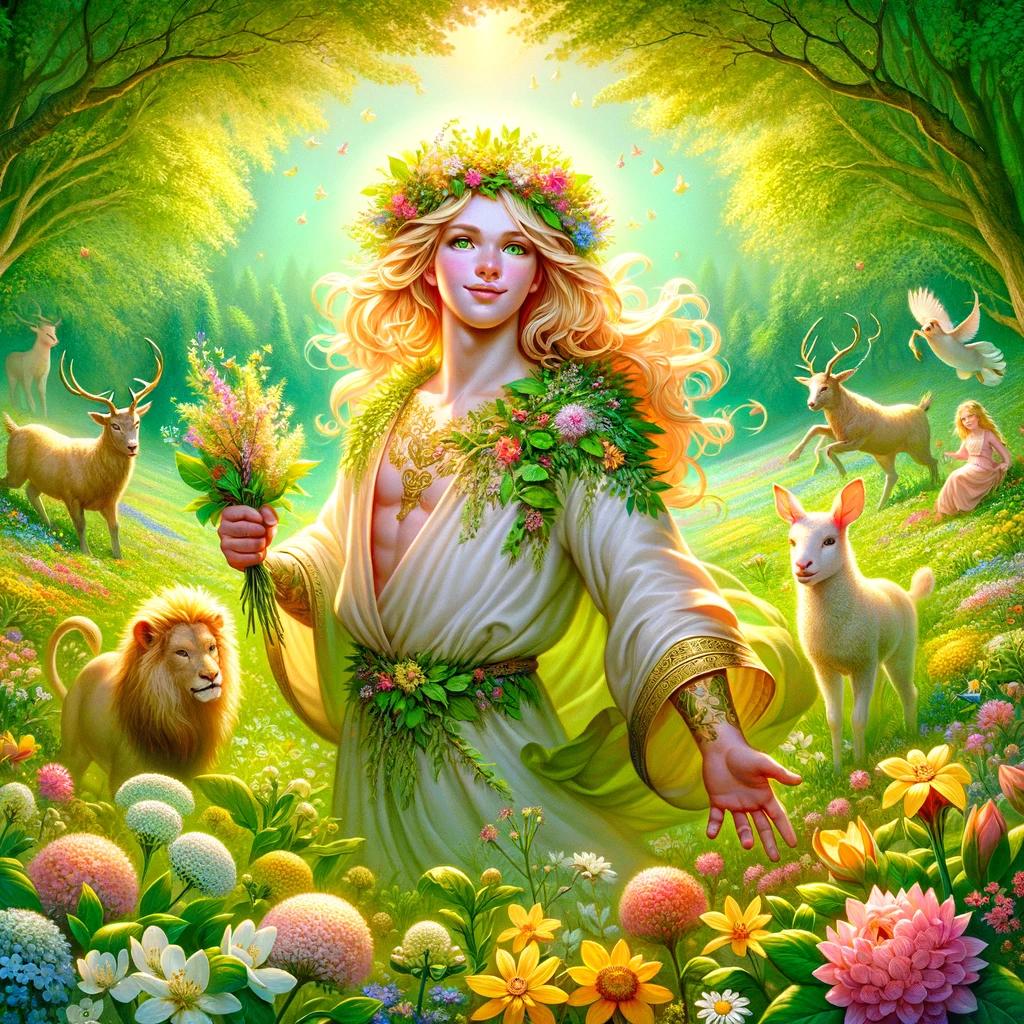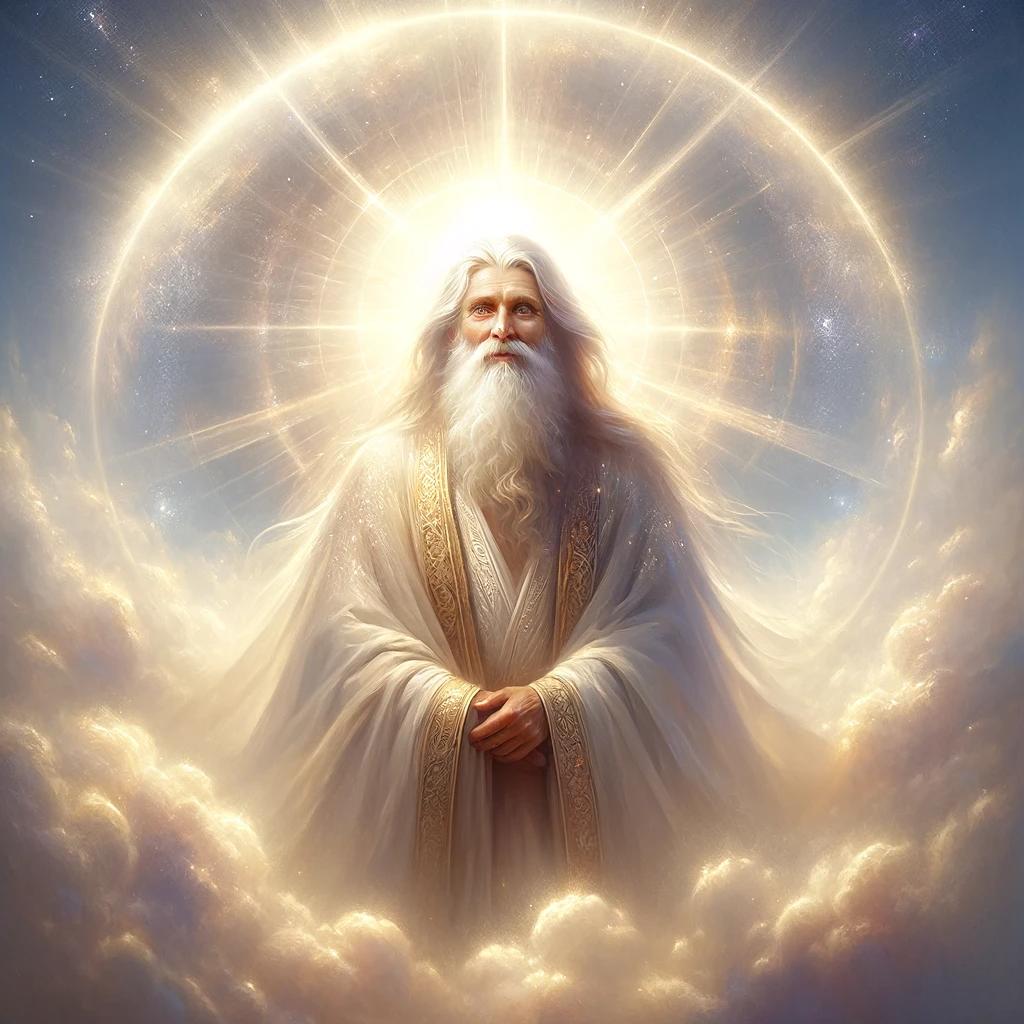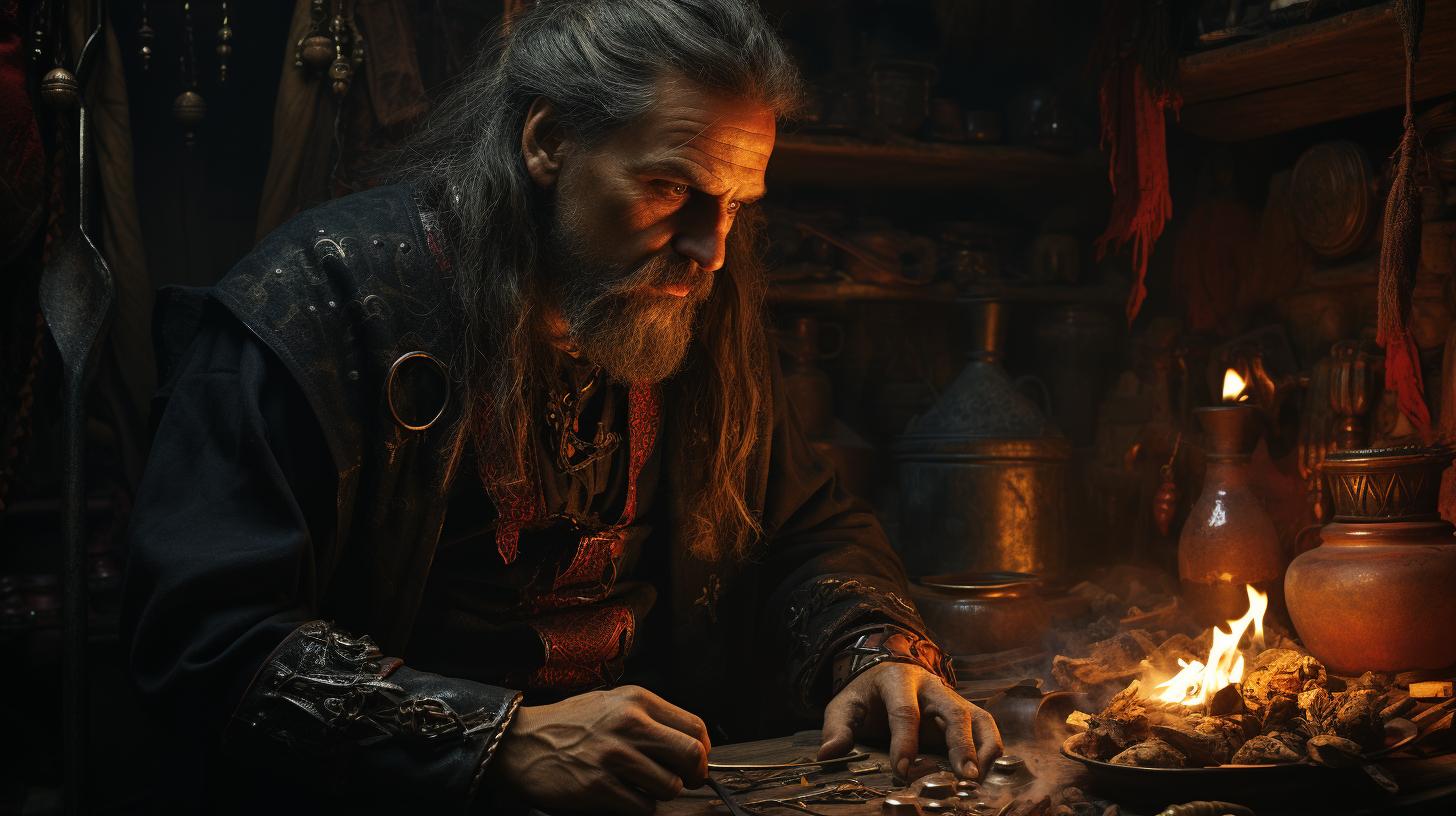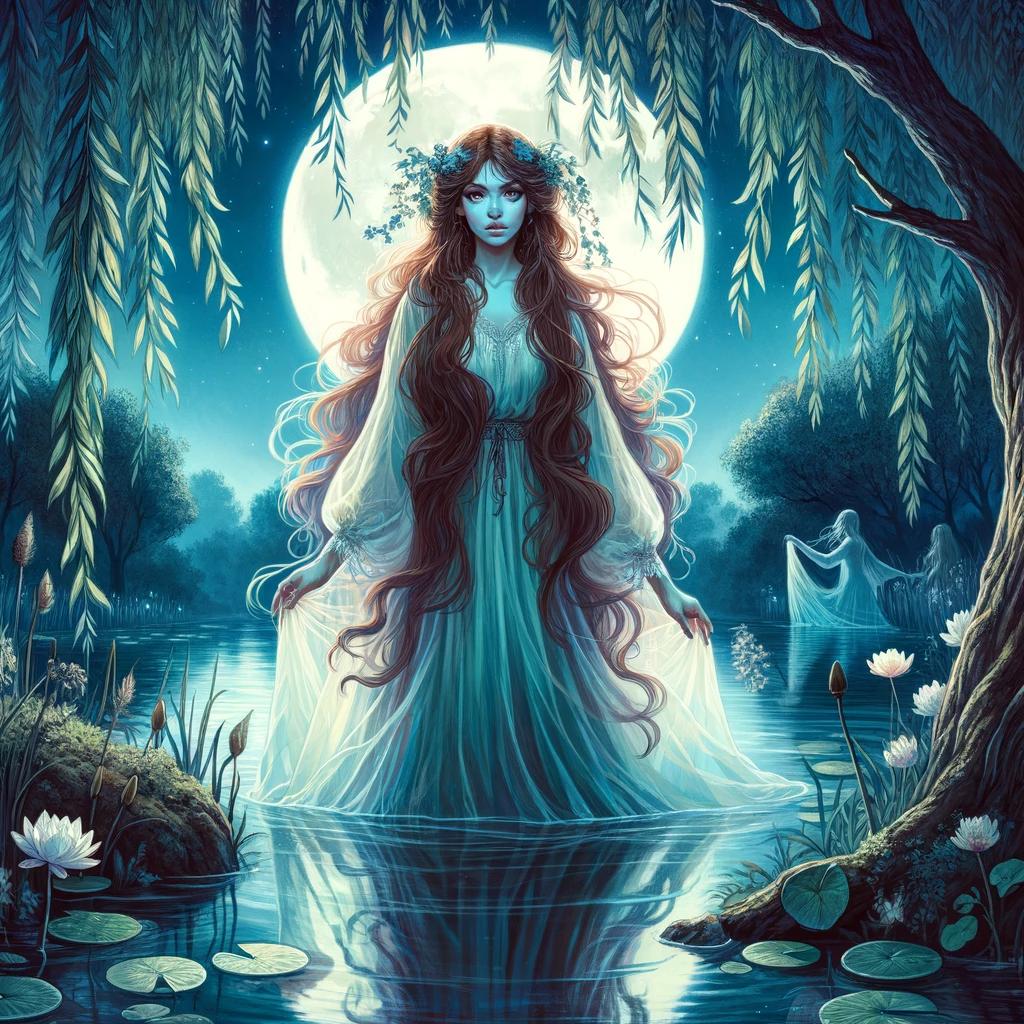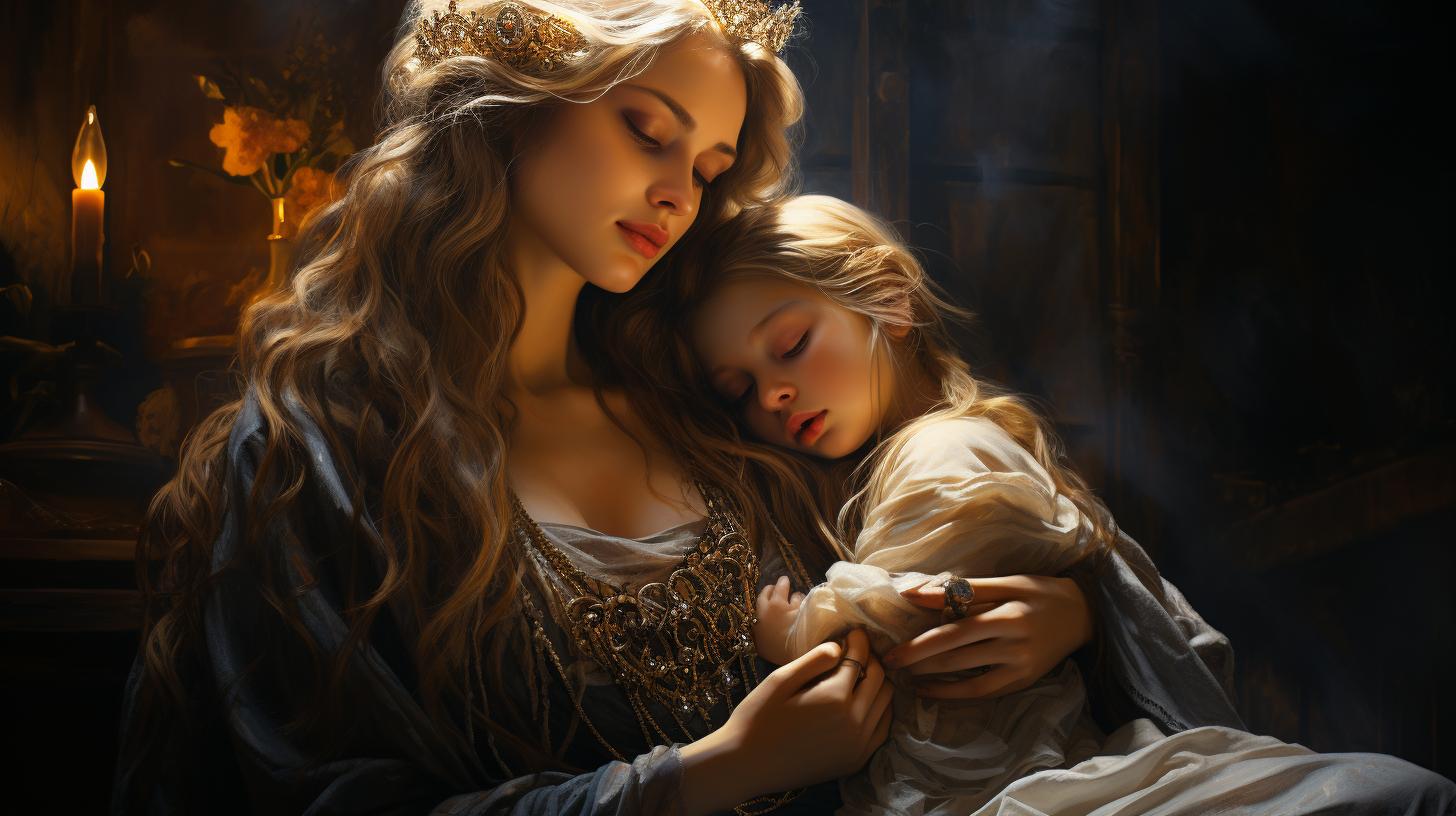Polevik Spirit: Guardian or Menace of the Fields in Slavic Mythology
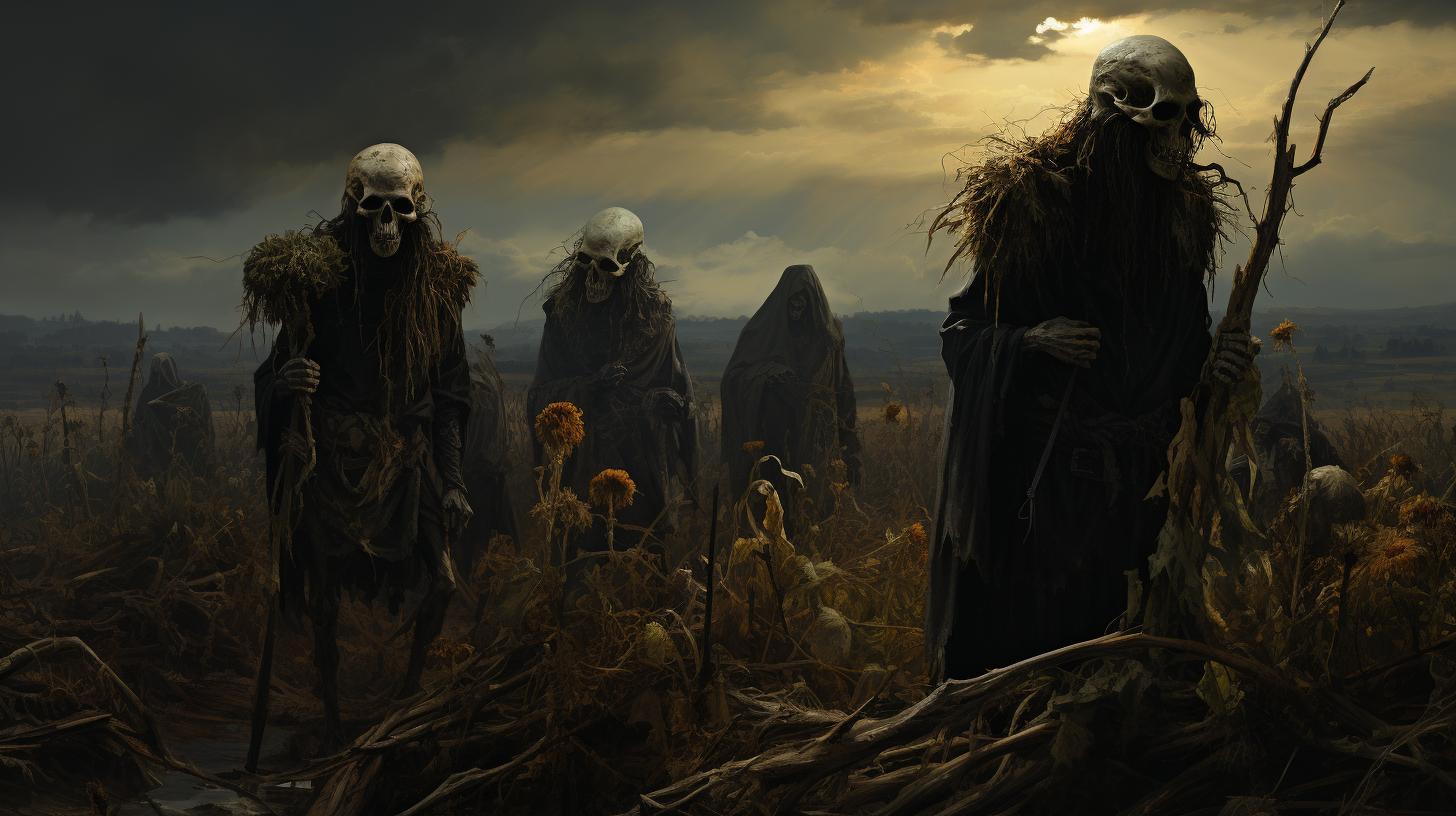
The Polevik spirit, found in Slavic mythology, is a unique entity associated with the fields and plains. Unlike other supernatural beings, the Polevik is considered a protective spirit rather than a demon.
Its primary role involves safeguarding the fields and ensuring proper usage. However, caution is warranted as it can also be mischievous or even deadly, particularly for those who sleep in its domain.
In this article, we will explore the origins, appearance, folklore, and cultural influences surrounding the enigmatic Polevik spirit.
The Origins of the Polevik Spirit in European Mythology
The Polevik spirit holds a significant place in European mythology, particularly in Slavic folklore. Its origins can be traced back to ancient beliefs and traditions that revered the natural world and mythical creatures inhabiting it.
In Slavic culture, the Polevik was regarded as a spirit rather than a demon, with a primary purpose to safeguard and ensure proper utilization of the fields.
This mysterious spirit was believed to be closely linked to nature itself, embodying the essence of the fields and grasslands.
Its presence and activities were intricately intertwined with the agricultural cycle, symbolizing the fertility and prosperity of the land. While the exact origins of the Polevik spirit remain shrouded in myth and legend, its significance in the agricultural communities of European regions cannot be understated.
The Polevik’s connection with the Południca, a similar demon known as Lady Midday, hints at a deeper narrative within European mythology. It is during the midday hours when the presence of the Polevik becomes most potent and perilous, with its ability to harm or even kill those who sleep in its domain.
The tales and folklore surrounding the origins of the Polevik spirit provide intriguing insights into the cultural beliefs and practices of the people who embraced these myths.
Understanding the Nature of the Polevik Spirit
The Polevik spirit is a fascinating entity deeply rooted in European mythology.
This supernatural being is not merely a demon but a guardian of the fields and plains in Slavic folklore. To comprehend the true nature of the Polevik, one must delve into its multifaceted character.
With its appearance often resembling that of a dwarf, the Polevik embodies a peculiar connection to the crops it oversees. Its height varies, and its hair can be straw-like or made of grass, reflecting the bountiful harvests of the fields.
While its precise form may differ across regions, from a white-clad figure to a disheveled Leshy-like creature, the essence of the Polevik remains constant.
The Polevik’s behavior adds an additional layer of complexity to its nature.
Though primarily a protector, it can unleash its mischief on lazy and intoxicated individuals who dare to invade its domain. Furthermore, stories circulate of the Polevik’s lethal tendencies towards intruders who sleep in its fields, reinforcing the importance of respecting its territory.
To fully comprehend the enigmatic nature of the Polevik spirit, one must explore its mythical connections and historical significance. By understanding this spirit’s intricate nature, we can gain a deeper appreciation for its role as both a guardian and potential danger in the fields and plains of Slavic mythology.
The Appearance and Characteristics of the Polevik
The Polevik spirit, deeply rooted in Slavic folklore, manifests in various forms across different regions. Its physical appearance is a reflection of the crops and fields it inhabits. Described as a diminutive creature, the Polevik resembles an enigmatic figure with features that vary from region to region.
Some accounts depict the Polevik as a small man dressed in white, while others portray it as an old, ugly hunchback with skin as black as the earth itself. The creature’s head is often adorned with green grass or straw, emphasizing its connection to the agricultural landscape.
Notably, the Polevik’s hair color exhibits regional variations. In some areas, it is represented as green, symbolizing fertility and abundant harvests. In other regions, its hair may be black, signifying a darker and more sinister nature, while in yet others, it is depicted as white, reflecting the spirit’s connection to winter and barrenness of the fields.
Beyond its physical appearance, the Polevik exhibits both protective and dangerous behaviors. It unleashes its wrath upon the lazy, the intoxicated, and those who dare to sleep in its realm, strangling or suffocating them.
However, when treated with respect and offered appeasements like a silent crowing rooster and two eggs, the Polevik may display a more benevolent side, aiding in agricultural endeavors.
The Polevik’s elusive nature, ever-changing appearance, and perplexing characteristics continue to captivate minds and intrigue scholars seeking to unravel the depths of Slavic mythology.
The Role of the Polevik in Field Protection and Management
The Polevik spirit plays a crucial role in ensuring the well-being and productivity of agricultural fields. Its primary function is to safeguard the fields and ensure they are used appropriately. As a diligent guardian, the Polevik diligently watches over the crops, preventing damage caused by pests, diseases, or unfavorable weather conditions.
One of the significant aspects of the Polevik’s role is to maintain the harmony between humans and nature. By ensuring proper field management, it helps maintain the balance necessary for successful harvests.
Farmers who treat the Polevik with respect and follow certain customs find themselves blessed with bountiful yields.
- The Polevik can be a valuable ally to farmers when treated well.
- Giving offerings such as a rooster unable to crow and two eggs can keep the Polevik content and willing to protect the fields.
- Avoiding work during the Polevik’s most active period, at midday, allows the spirit to have the fields to itself.
However, disturbing or disrespecting the Polevik can have dire consequences.
Those who disregard the customs or sleep lazily in the fields may face the wrath of the spirit. It is said that the spirit can play mischievous pranks or even, in extreme cases, cause harm to those who do not treat the fields with the proper reverence.
Understanding and respecting the role of the Polevik in field protection and management is crucial for farmers seeking prosperous crops and a harmonious coexistence with the spirit of the land.
Tales of the Polevik: Stories and Legends
Throughout the centuries, the Polevik spirit has captured the imagination of many with its intriguing tales and legends.
Let’s delve into some of the captivating stories associated with this enigmatic entity:
- The Lost Farmer: In a remote village, a farmer finds himself lost in a dense fog while working in his field.
Suddenly, he witnesses a small figure with grassy hair emerging from the mist. The creature introduces itself as a Polevik, warning the farmer to leave the field before the stroke of noon.
Ignoring the advice, the farmer falls victim to a misfortune that befalls those who defy the spirit’s warning.
- The Harvest Blessing: Another tale depicts a generous farmer who, through diligence and respect for the Polevik, receives an unexpected blessing.
The spirit, pleased with the farmer’s offerings and care for the field, assists in the bountiful growth of crops, ensuring a fruitful harvest season.
- The Orphan’s Protector: Legends tell of an orphan girl who befriends a Polevik residing in the fields near her orphanage.
The spirit becomes her loyal protector, ensuring her safety throughout her childhood. The bond between them persists even after the girl finds a new home, with the Polevik continuing to watch over her from afar.
These captivating tales offer glimpses into the mystical encounters and fortunes tied to the Polevik spirit.
While their authenticity remains a topic of debate, they serve as a testament to the enduring fascination with this supernatural being.
Mythical Connections: Exploring the Polevik’s Relationship with Lady Midday
Within Slavic mythology, the enigmatic Polevik spirit shares a fascinating relationship with another supernatural entity known as Lady Midday. Considered a demon of noontime, Lady Midday is believed to embody the scorching heat and harshness of the midday sun.
Legends intertwine the presence of these two beings, suggesting a connection rooted in their preferred time of appearance.
It is during the height of the day, precisely at noon, when the powers of both the Polevik and Lady Midday are said to be at their strongest.
This period of intensity and danger has given rise to tales that highlight their overlapping influence. Stories describe how encountering one of these entities may attract the other, amplifying their malevolent nature.
While the specifics of this relationship remain shrouded in mystery, folklore suggests that appeasing Lady Midday may offer some protection from the Polevik’s potential harm. Superstitions advise individuals to seek shade and rest during this time, avoiding any encounters with these powerful forces of noon.
Respect for their seemingly connected presence is crucial to avoiding their wrath.
Exploring the mythical connections between the Polevik spirit and Lady Midday offers a glimpse into the intricate web of Slavic folklore and the way in which these entities interact within their shared realm of midday mysticism.
The Dangers of Crossing Paths with the Polevik at Midday
When the clock strikes noon, a dangerous presence looms over the fields – the Polevik spirit. This malevolent entity, with its mischievous nature, poses a significant threat to those who dare to sleep or wander in its domain at this time.
The Polevik, known for its swift and merciless actions, has been known to strangle unsuspecting trespassers who dare to lay down on its sacred land. Legends recount tales of its vengeful attacks upon the lazy or intoxicated, reminding us of the need for diligence and respect in these agricultural landscapes.
The midday hours are considered the most potent and hazardous time to encounter this supernatural being. To avoid its wrath, it is wise to retreat from the fields or find shelter elsewhere during this period.
Taking precautions outside of the Polevik’s prime hours can offer solace from its deadly intentions.
It’s crucial to understand that the Polevik’s temperament is influenced by the treatment it receives. Providing offerings, such as a silent rooster and two eggs, can appease its wrath and maintain harmony.
Similarly, refraining from working around midday allows the spirit to freely roam the fields undisturbed.
While the Polevik can be a formidable foe, it possesses the potential for goodwill. With the right approach and respect, it may even assist in cultivating the crops it fervently protects.
Nevertheless, it remains of paramount importance to heed the dangers of encountering the Polevik spirit at midday, avoiding the potentially dire consequences that could befall those who cross its path.
Warding Off the Polevik: Superstitions and Protective Measures
In order to protect oneself from the potentially harmful presence of the Polevik spirit, various superstitions and protective measures have been developed over time.
These practices aim to ward off the spirit and ensure safety while working or sleeping in the fields.
- Avoiding working in the fields during the strongest presence of the Polevik at midday is believed to be an effective way to prevent encounters with the spirit.
- Offerings are made to appease the Polevik, such as a rooster that cannot crow and two eggs.
These offerings are believed to keep the spirit content and less likely to cause harm.
- Keeping the fields clear of clutter and maintaining a respectful attitude towards the land is also thought to deter the spirit’s malicious actions.
- Some have suggested that planting certain herbs or flowers, such as sage or lavender, may act as a deterrent for the Polevik.
- Carrying a small pouch filled with protective herbs or stones while in the fields is believed to provide added protection against the spirit.
These age-old superstitions and protective measures have been passed down through generations, serving as a reminder of the ongoing presence and potential danger of the Polevik spirit.
Cultural Depictions of the Polevik in Art and Literature
The enigmatic nature and distinct characteristics of the Polevik spirit have captured the imagination of artists and writers throughout history. Depictions of the Polevik can be found in various forms of artistic expression, including paintings, sculptures, and literature.
In visual arts, the representation of the Polevik often takes on a mythical and ethereal quality. Artists utilize vibrant colors and intricate details to bring this mystical being to life. Paintings showcase the Polevik amidst fields of golden wheat, mirroring its connection to agriculture and nature.
Sculptures capture the essence of its unique appearance, with the enigmatic figure adorned in flowing strands of grass or symbols representative of the harvest.
Literature has also played a significant role in portraying the Polevik spirit.
Poets and authors incorporate the folklore surrounding the Polevik into their works, weaving tales of its encounters with humans and the consequences of crossing its path. These literary interpretations serve to preserve the rich mythology and cultural significance of the Polevik in written form.
From majestic artworks to captivating narratives, the cultural depictions of the Polevik in art and literature offer a glimpse into the enduring fascination with this supernatural entity. Through these creative interpretations, the essence of the Polevik is captured, allowing individuals to appreciate and explore the depths of its mythological legacy.
The Influence of the Polevik Spirit in Modern Culture
The enigmatic and intriguing Polevik spirit has left an indelible mark on modern culture, captivating the imagination of artists, writers, and filmmakers. Its unique characteristics and folklore have inspired various forms of artistic expression.
- Art: Visual artists have brought the Polevik to life through captivating illustrations, showcasing its varied appearances and role in the fields.
- Literature: Writers have incorporated the Polevik spirit into their stories, exploring its dual nature as a protector and a mischief-maker, adding depth and mystery to their narratives.
- Film and TV: The Polevik has made appearances in popular media, captivating audiences with its eerie presence and ambiguous intentions.
- Games: Video game developers have tapped into the allure of the Polevik, incorporating it as a compelling character or boss encounter, immersing players in Slavic folklore.
Additionally, the Polevik spirit has become a symbol of fertility and agricultural practices in local festivals and events.
Modern interpretations and adaptations of this mythical creature continue to keep the folklore alive, ensuring its longevity in contemporary culture.
Unanswered Mysteries: Historical References and Folklore about the Polevik
The Polevik spirit has long intrigued scholars and enthusiasts alike, giving rise to numerous historical references and captivating folklore. Exploring these tales and accounts shines a light on the enigmatic nature of the Polevik and reveals intriguing unanswered questions.
Ancient Texts and Artifacts
- Analyzing ancient texts and artifacts, researchers have discovered cryptic references to the Polevik, providing glimpses into its role and significance in early societies.
- Clues hidden within these sources have sparked debates and speculation, fueling curiosity about the origins and early beliefs surrounding this elusive spirit.
Oral Traditions and Legends
- Passing down stories from generation to generation, oral traditions have preserved folklore about the Polevik, adding a layer of mystique to its existence.
- Exploring these legends uncovers hidden details, elusive encounters, and moral lessons associated with this ancient spirit.
Cross-Cultural Influences
- Traces of the Polevik can be found not only in Slavic mythology but also in neighboring cultures, suggesting potential cross-cultural influences and interconnections.
- Studying these influences brings us closer to understanding the broader significance and cultural context of the Polevik spirit.
Unraveling the historical references and folklore surrounding the Polevik introduces us to a rich tapestry of stories and beliefs that have shaped our understanding of this remarkable entity.
As we continue to delve into these unresolved mysteries, new insights and revelations may arise, shedding light on the true nature and significance of the Polevik spirit.
.











